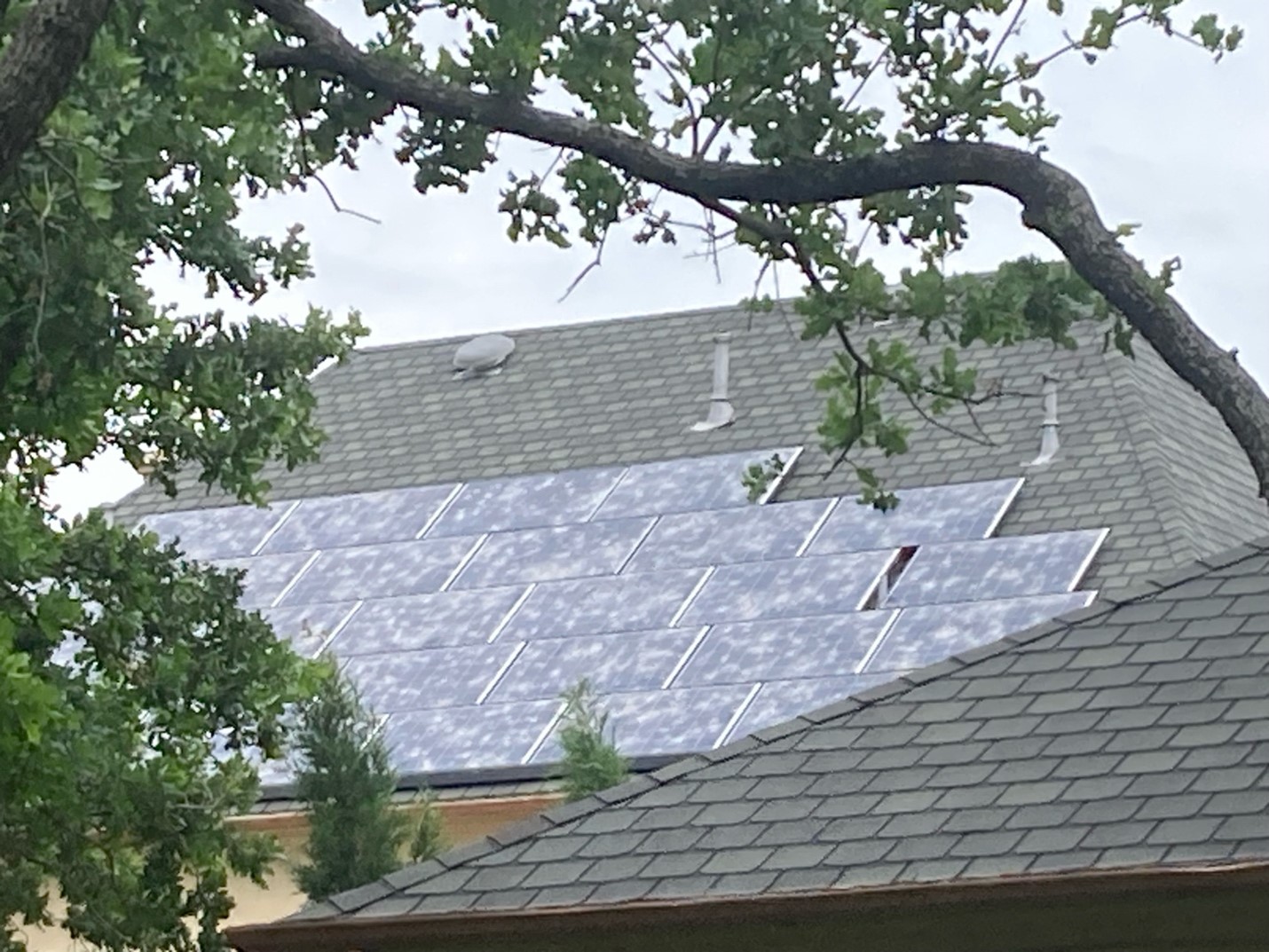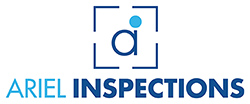
As a homeowner or commercial customer with solar installations, understanding the potential for hail damage and knowing when to replace your panels is crucial for maintaining the efficiency and longevity of your solar energy system. Whether you have a rooftop array or a dual-axis solar tracker, this article will guide you through the essentials.
How Hail Damages Solar Panels
Solar panels are designed to withstand a variety of environmental conditions, including hail. However, the severity of hailstorms can sometimes exceed the durability of even the most robust panels.
Impact Damage:
- Glass Breakage: Hailstones, particularly those larger than 1 inch in diameter, can crack or shatter the tempered glass covering solar panels. This can expose the internal components to further damage from the elements.
- Cell Fractures: The impact from hail can also cause micro-fractures in the solar cells themselves, reducing their ability to convert sunlight into electricity efficiently.
Surface Erosion:
- Over time, even smaller hailstones can erode the surface of the panels, wearing down protective coatings and reducing their overall efficiency.
Encapsulation Compromise:
- The encapsulant layers that protect the solar cells can be compromised by repeated impacts, leading to moisture ingress and further degradation of the panels’ performance (Energy Theory) (Durability Matters).
When to Replace Solar Panels
Knowing when to replace damaged panels is key to maintaining a productive solar installation. Here are the signs that indicate it’s time to replace your panels:
Visible Damage:
- Cracked or Shattered Glass: If the glass on your panels is cracked or shattered, it’s often best to replace them to prevent further damage to the internal components.
- Bent or Damaged Frames: Severe hail can dent or bend the frames of solar panels, which can affect the alignment and efficiency of the entire system.
Performance Drop:
- Reduced Energy Output: A noticeable drop in energy production can indicate internal damage. Monitoring your system’s output through your inverter or energy management software can help detect such issues.
Moisture Ingress:
- Delamination: If you notice delamination, where the layers of the panel start to separate, it’s a sign that the encapsulant has been compromised, often due to impacts and subsequent moisture ingress.
Safety Concerns:
- Electrical Hazards: Damaged panels can pose electrical hazards, such as short circuits or potential fire risks. Safety should always be a priority, and replacing compromised panels is essential.
Specific Considerations for Dual-Axis Solar Trackers
For those utilizing dual-axis solar trackers, the impact of hail can be slightly different:
Movement Mechanism:
- Dual-axis trackers have more moving parts, which can be affected by the physical impact of hail. Ensuring these components are free of damage is crucial for maintaining optimal alignment and efficiency.
Increased Exposure:
- Trackers, especially those positioned in open fields, might be more exposed to severe weather than rooftop arrays. Regular inspections post-hailstorm are essential.
Apply a Methacrylate Coating
Methacrylate acts as an effective guard against light hail impact. Applying a layer of this coating can limit damage to solar panel modules while still allowing light through.
Ensure Hail Damage Is Covered by the Warranty or Insurance
Many solar panel modules have warranties, but not all cover hail damage. Investing in solar panels with the best warranty against hail can reduce replacement costs in the event of hail damage. However, home insurance with adequate hail damage cover will probably be the best bet long term.
Choose Hardy UL 61730 or IEC 61730 Rated Panels
The best quality-manufactured solar panels generally get tested for hail resistance. However, the type of test, testing company, and results vary. Look for solar panels rated UL 61730 (North America) or IEC 61730 (International), as these are currently the most rigorous hail testing standards. Solar panels that earn these ratings can generally withstand hailstones sized 1-3″ at speeds of 16.8-88.3 mph.
Power Demands:
- Systems operating large-scale equipment, such as pivot irrigation systems, rely heavily on consistent power. Ensuring your panels are fully functional is crucial for these high demand applications (Durability Matters).
 Hail can pose a significant threat to both residential and commercial solar installations. By understanding how hail damages solar panels and knowing the signs that indicate replacement is necessary, you can ensure the longevity and efficiency of your solar energy system. Regular inspections and timely replacements not only protect your investment but also ensure continued performance and safety. For tailored advice and solutions, consider consulting with a professional solar technician who can provide a detailed assessment based on your specific installation.
Hail can pose a significant threat to both residential and commercial solar installations. By understanding how hail damages solar panels and knowing the signs that indicate replacement is necessary, you can ensure the longevity and efficiency of your solar energy system. Regular inspections and timely replacements not only protect your investment but also ensure continued performance and safety. For tailored advice and solutions, consider consulting with a professional solar technician who can provide a detailed assessment based on your specific installation.
For more information on maintaining and protecting your solar panels, contact our team at Solartron. We’re here to help you maximize the lifespan and efficiency of your solar energy system.

Recent Comments